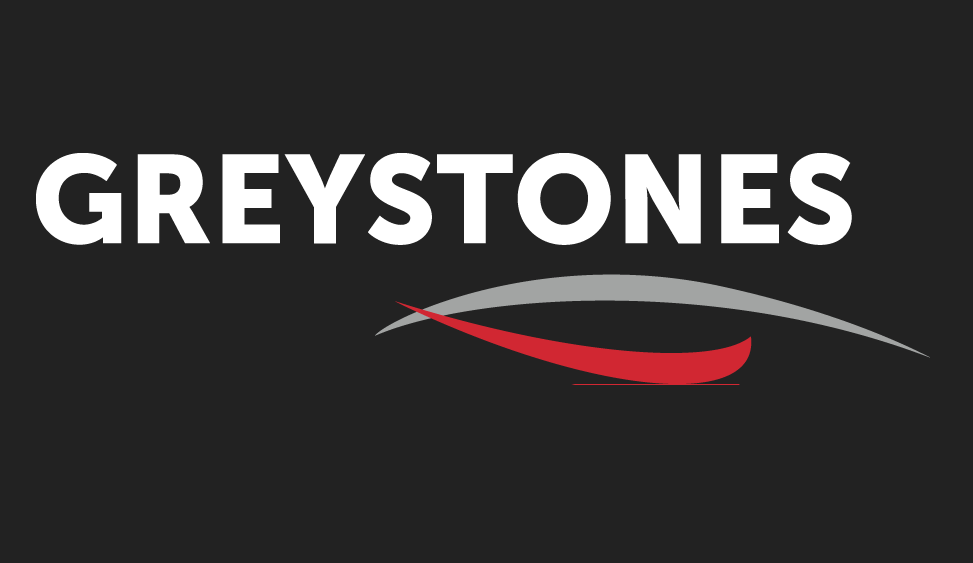The rise of generative AI has ushered in a new era of human-machine collaboration, and nowhere is this more apparent than in the development of AI copilots, intelligent agents embedded within daily workflows that augment human decision-making and streamline complex tasks. These copilots represent the cutting edge of applied AI in government, defense, and regulated industries, offering a transformational leap in how knowledge work is performed at scale.
What is an AI Copilot?
An AI copilot is more than just a chatbot or digital assistant. It is a domain-aware, context-sensitive, and task-oriented intelligence layer that integrates with the tools personnel already use, such as Microsoft Teams, SharePoint, or Office, and allows them to interact with data and systems using simple, natural language commands.
At its core, a modern copilot leverages retrieval-augmented generation (RAG), multi-agent orchestration, and secure APIs to perform real-time research, draft and edit structured documents, validate compliance, and accelerate mission workflows, without requiring users to leave their familiar environments.
Key Features of State-of-the-Art Copilots
The most advanced copilots offer a suite of features purpose-built for secure, high-volume, and complex operational settings:
Natural Language Interfaces
Users can generate, edit, and manage documents, conduct research, or initiate workflows using conversational prompts, removing the need for complex queries or manual forms.
Multi-Agent Task Coordination
Behind the scenes, copilots use coordinated agents to handle subtasks like clause extraction, risk flagging, or template matching, ensuring precision, speed, and traceability.
Secure Integration with Legacy Systems
Designed with interoperability in mind, modern copilots can pull and push data to/from existing government systems such as Navy Enterprise Resource Planning (ERP), DON Tracker, Navy Data Environment (NDE), NAVSEA PMS, Advana, SeaPort-NxG, SharePoint libraries, and agency file repositories.
Support for Air-Gapped and DDIL Environments
Engineered for mission conditions, these tools function in disconnected, degraded, intermittent, or limited (DDIL) connectivity environments, including fully air-gapped systems.
Built-In Compliance and Risk Controls
Embedded AI agents conduct compliance checks, align outputs with evolving regulations, and highlight inconsistencies, improving audit readiness and reducing errors.
Rapid Deployment and Customization
Leveraging containerized architectures and modular microservices, copilots can be fielded in days, not months, and tailored to meet agency-specific workflows and mission needs.
Minimal Training Required
Because copilots integrate directly into tools users already know (e.g., MS Teams), onboarding is seamless. Contextual guidance and adaptive prompts mean users learn by doing, reducing the need for change management or extensive training programs.
Applications in Defense and Acquisition
In defense settings, AI copilots are proving especially valuable in acquisition, logistics, and sustainment workflows. They automate the creation of procurement documentation, flag regulatory non-compliance, assist with pre-award package assembly, and help analysts focus on decision-making rather than document formatting or data wrangling.
In acquisition offices, copilots can help personnel:
- Draft acquisition plans based on mission type and funding profile
- Validate clauses against FAR/DFARS and agency supplements
- Retrieve historical contract data
- Generate and track templates with version control
- Enable collaborative review workflows with embedded policy guidance
Built for the Mission
What sets the most capable copilots apart is their alignment with Zero Trust architectures, compliance with IL5/IL6 environments, and adherence to DevSecOps principles. These are not consumer tools adapted for government, they are purpose-built for the mission, leveraging best practices from leading commercial innovators like Google and Netflix to ensure scalability, reliability, and maintainability.
They are also model-agnostic, able to operate with open-source or proprietary LLMs depending on the deployment need, and are designed to maintain government ownership of data, models, and audit trails, ensuring transparency, reproducibility, and trust.
Knowledge Capture and Institutional Memory
In addition to operational efficiencies, state-of-the-art AI copilots provide a powerful capability for knowledge capture. By storing and structuring every interaction, task decision, and document revision, copilots enable agencies to build a durable, queryable knowledge base. This not only reduces dependency on individual institutional knowledge but also enhances continuity during workforce turnover or mission transitions. Over time, this captured intelligence can be leveraged for AI modeling, training, auditing, and process optimization, transforming routine task execution into a strategic asset for continuous learning and improvement.
Looking Ahead
As AI adoption in the federal government accelerates, copilots will become the backbone of digital workforces, offloading repetitive tasks, accelerating document workflows, and serving as trusted advisors to civilian and defense professionals alike.
The current generation of AI copilots offers a glimpse of what’s possible: faster, smarter, and more secure government operations that empower public servants to focus on strategy, analysis, and mission execution.
By Lewis Harris

Comments are closed.